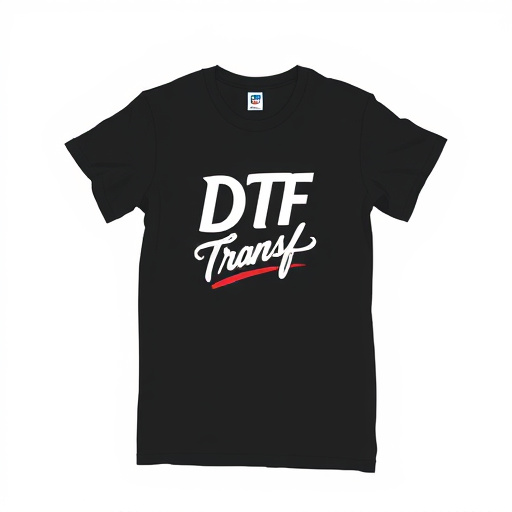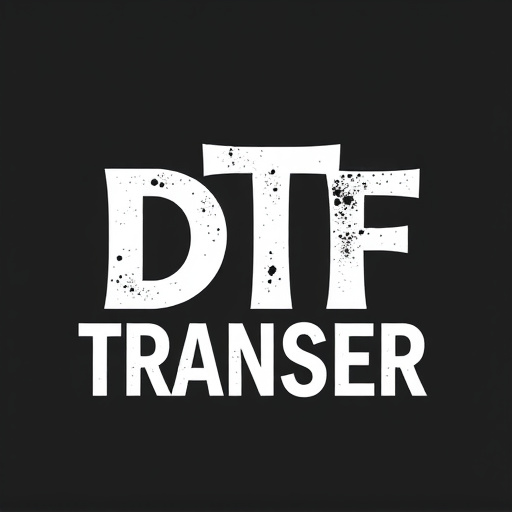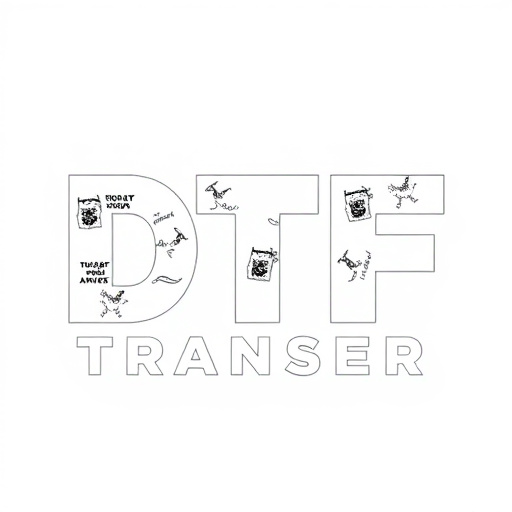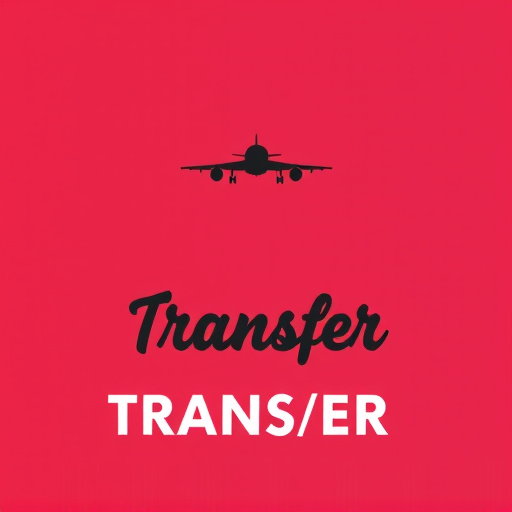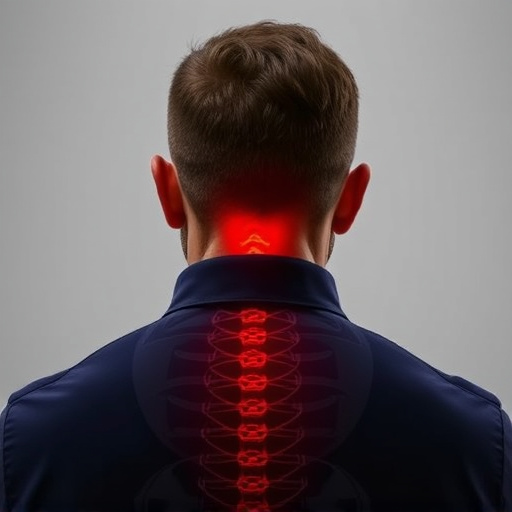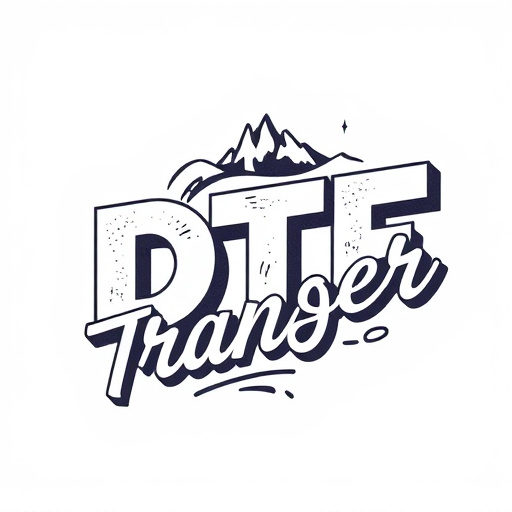Direct-to-film (DTF) printing revolutionizes graphic application by directly fusing designs onto fabric or substrates using specialized inks and heat press machines. Essential materials include high-quality DTF transfer sheets, graphic design software, and specific printers. Designs should be optimized with high-resolution vector graphics, minimal text, and simple color palettes to ensure clear transfers. The process involves conceptualization, digital file preparation, printing onto film, cutting, and applying the design using heat for a seamless finish. Optimizing prints through material selection, precise cutting, print settings adjustments, and post-processing enhances vibrancy and longevity. Avoiding pitfalls like neglecting pre-press prep, incorrect registration settings, or unsuitable equipment ensures high-quality DTF transfers suitable for apparel, promotional products, and sign-making industries.
Creating personalized direct-to-film (DTF) designs offers a unique way to bring your creative visions to life. This article guides you through the entire process of crafting stunning DTF prints, from understanding the benefits of DTF transfer to mastering the step-by-step printing process. Learn about essential materials, best practices, and techniques for customization. Discover common mistakes to avoid and elevate your DTF experience.
- Understanding Direct-to-Film (DTF) Transfer: Basics and Benefits
- Gathering Essential Materials for DTF Printing
- Preparing Your Design for DTF Transfer: Tips and Best Practices
- The Step-by-Step Process of Creating a Personalized DTF Print
- Techniques to Enhance and Customise Your DTF Prints
- Common Mistakes to Avoid During the DTF Transfer and Printing Process
Understanding Direct-to-Film (DTF) Transfer: Basics and Benefits
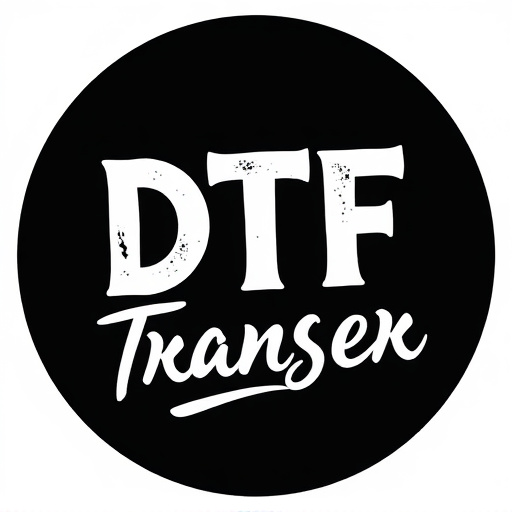
Direct-to-film (DTF) transfer is a cutting-edge printing technique revolutionizing the way we create and apply graphics on various surfaces, from clothing to signage. It offers a direct method of transferring designs onto materials, eliminating the need for intermediate steps like screen printing or vinyl application. This process involves using specialized inks and heat press machines to fuse designs directly into the fabric or substrate, resulting in vibrant, durable DTF prints.
One of the key benefits of DTF transfer is its versatility. It allows for complex and detailed designs with fine lines and rich colors, making it ideal for high-quality artwork and photography. Additionally, DTF Printing enables quick turnaround times and easy customization, as designs can be easily edited and printed on demand. This technology has gained immense popularity in the apparel, promotional products, and sign-making industries due to its ability to produce personalized, high-impact prints efficiently and cost-effectively.
Gathering Essential Materials for DTF Printing

To create personalized direct-to-film (DTF) designs, gathering the right materials is the first step. You’ll need a DTF transfer sheet, which acts as the medium to carry your design onto various surfaces like fabric, wood, or metal. Ensure you choose high-quality sheets compatible with your printing method for optimal results. Additionally, prepare your artwork using graphic design software, setting it up according to the specifications recommended by your chosen DTF printer manufacturer.
Next, acquire a suitable DTF printer, which can range from simple DIY models to industrial-grade machines. You’ll also require a source of heat and pressure application tools, such as a heat press or iron, to activate the transfer. Don’t forget essential supplies like ink (if not using pre-made DTF transfers), cleaning solutions for maintaining your equipment, and various substrates for testing and final printing. Having these materials on hand will enable you to effortlessly transform your creative visions into tangible DTF prints.
Preparing Your Design for DTF Transfer: Tips and Best Practices

To prepare your design for a direct-to-film (DTF) transfer, start by ensuring it’s optimized for the specific printing process. DTF Printing requires high-resolution vector graphics with clean lines and minimal text to achieve sharp, precise results. Use software that supports DTF-specific settings, such as CorelDRAW or Adobe Illustrator, to create or edit your design accordingly. Remove any raster images or photographs as they may become pixelated during the transfer process. Instead, opt for crisp vector illustrations or high-resolution line art.
When it comes to best practices, keep in mind that DTF transfers work best with designs that have a single color layer or a limited color palette. Avoid complex blends and gradients as these can create unwanted artifacts on the final print. Additionally, check your design for any small details or fine lines; these should be refined to ensure they will transfer clearly. Finalize your artwork, saving it in a format compatible with DTF printing software, typically an AI or PDF file.
The Step-by-Step Process of Creating a Personalized DTF Print

Creating a personalized direct-to-film (DTF) design involves a precise and creative process that brings your vision to life on various surfaces. Here’s a step-by-step guide to crafting stunning DTF prints:
1. Design Conceptualization: Start by envisioning the final product. Decide on the design, color palette, and the substrate you wish to apply the DTF transfer to, whether it’s fabric, wood, metal, or glass. This stage is where your creativity shines, so feel free to sketch, use graphic design software, or gather inspiration from various sources.
2. Prepare Your Design for Print: Once your concept is finalized, prepare your design file following the specifications required by your DTF printer. Ensure it’s in the correct format (often SVG or PNG), with the right resolution, and all elements positioned accurately. The design should be vector-based to allow for precise scaling without losing quality. Consider adding bleed areas if necessary, especially for prints that will be cut out later.
3. Choose the Right DTF Transfer Material: Select a DTF transfer film suitable for your project. These films come in different types and qualities, each offering specific advantages. Factors to consider include substrate compatibility, color accuracy, durability, and ease of application. Follow the manufacturer’s instructions to ensure optimal results.
4. Print Your Design: Using a compatible printer, print your design onto the DTF transfer film. Ensure precise settings for optimal image quality. The print should be crisp, with vibrant colors that accurately represent your original design. Allow the ink to dry completely according to the product instructions.
5. Cut and Apply: Carefully cut out your design from the transfer film, taking care not to smudge or damage the ink. Position the design on the desired substrate, ensuring alignment is correct. Smooth the transfer using a hot press or iron, following the recommended temperature and pressure settings for your specific DTF product. This step ensures a seamless fusion of the design onto the surface.
Techniques to Enhance and Customise Your DTF Prints

Creating personalized direct-to-film (DTF) designs allows for unique and high-quality prints. To enhance and customize your DTF prints, start by selecting a suitable DTF transfer material that complements your desired outcome. Different materials offer various levels of durability, gloss, and opacity, each contributing to the final aesthetic. Once you’ve chosen your material, ensure precise cutting using advanced cutters or lasers for intricate details and clean lines.
Additionally, consider experimentation with printing techniques. Modifying print settings can produce striking effects; for instance, adjusting ink density or using different printing modes can add depth and texture to your DTF prints. Remember that post-processing plays a vital role too. Simple steps like heating the print slightly or applying specific coatings can significantly improve the vibrancy and longevity of your DTF designs.
Common Mistakes to Avoid During the DTF Transfer and Printing Process
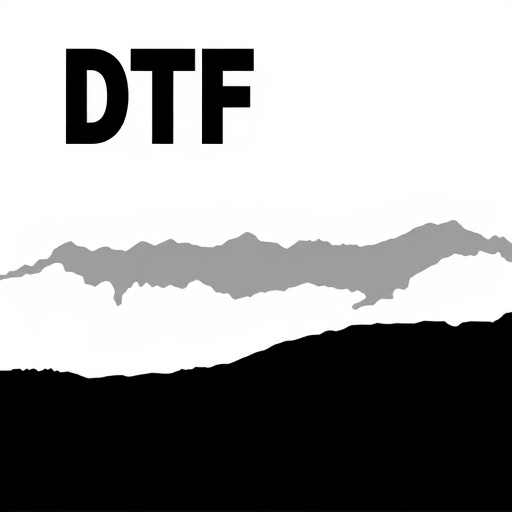
When creating personalized direct-to-film (DTF) designs, it’s crucial to steer clear of several common pitfalls to ensure optimal results. One major mistake is overlooking the importance of pre-press preparation; this includes resolving any image artifacts, ensuring seamless color transitions, and trimming excess background for a crisp final print. Inaccurate registration settings during printing can lead to misaligned or blurred DTF prints, so meticulous calibration is non-negotiable.
Another frequent error is choosing an unsuitable film or printer for your project’s specific needs. Different DTG printers have varying capabilities, and selecting the wrong film type can result in poor color reproduction, fading, or even print failure. Always refer to your equipment’s specifications and consult with experts to make informed choices, thereby avoiding costly mistakes that could compromise the final DTF transfer quality.



